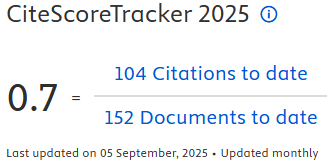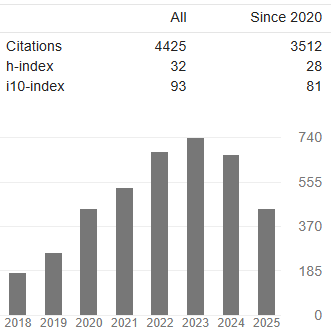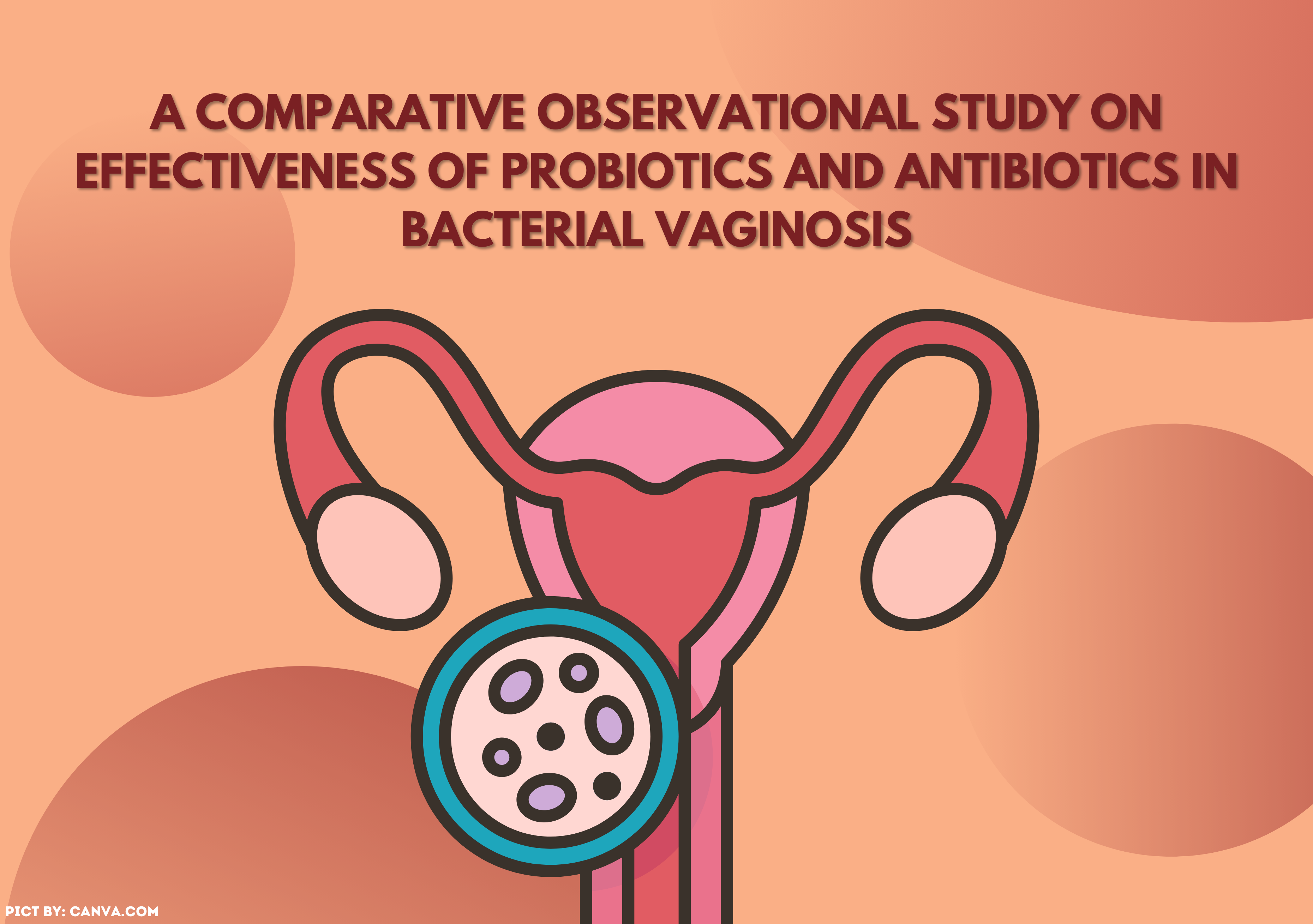EFFECT OF EDUCATION ON KNOWLEDGE, ADHERENCE, AND INTRAOCULAR PRESSURE ON GLAUCOMA OUTPATIENTS: A SYSTEMATIC REVIEW

Introduction: To evaluate educational interventions to improve patient knowledge, and adherence to glaucoma treatment that results in a reduction in intraocular pressure based on current clinical evidence. Methods: A systematic review of PubMed (NIH) was conducted to identify studies evaluating educational interventions to improve patient knowledge, and adherence to glaucoma treatment that resulted in decreased intraocular pressure. The search was conducted from March to August 2020. Results: The educational intervention was successful in increasing the skill of using eye drops for one month from 6% to 35%, and 64% after six months of education. The percentage of patients who successfully implanted the eye drops correctly increased from 66.7% to 82.2%. The educational intervention was successful in increasing adherence to treatment followed by MEMS from 67% -98% to 78% -86%. The adherence monitored with the pharmacy database resulted in a PDC of 57%, and the medication possession ratio (MPR) of 71% because many data were not recorded in the pharmacy. African American patients had significantly low adherence (OR = 0.29 95% CI = 0.16, 0.52). The educational intervention has no significant effect on the IOP value. Patients with low adherence tend to have low VFQ-25 (visual acuity) scores. After education, 99% of the patients were satisfied with the health program implemented. Conclusion: All educational interventions were successful in increasing patient knowledge, medication adherence, and eye care medical visits. Educational interventions did not significantly affect IOP values. Patients who are not adherent tend to have low visual acuity.
Acceptability, P. and Informed, C. (2016) ‘HHS Public Access', 41(1), pp. 50–58. doi: 10.3109/02713683.2014.1002045.Feasibility.
Al-sharqawi, S. and Bayoud, T. (2018) ‘Medication adherence in chronic illness : do beliefs about medications play a role ?', pp. 1687–1698. https://doi.org/10.2147/PPA.S169236
Al, A. M. et al. (2018) ‘The effect of a short animated educational video on knowledge among glaucoma patients', pp. 805–810. https://doi.org/10.2147/OPTH.S160684
Arrison, J. E. K. I. H. et al. (2017) ‘Using quality assessment tools to critically appraise ageing research : a guide for clinicians', (December 2016), pp. 359–365. https://doi.org/10.1093/ageing/afw223
Assessment, V. (2015) ‘Videographic Assessment of Glaucoma Drop Instillation', 9(August), pp. 47–50. https://doi.org/10.5005/jp-journals-10008-1183
Bazargan, M. et al. (2017) ‘Non-adherence to medication regimens among older African-American adults', pp. 1–12. https://doi.org/10.1186/s12877-017-0558-5
Carpenter, D. M. et al. (2017) ‘HHS Public Access', 93(7), pp. 731–737. https://doi.org/10.1097/OPX.0000000000000856
Choi, S. et al. (2013) ‘Patterns of care for glaucoma patients in Korea from 2002 to 2013 using the national health insurance service claims data', pp. 6–8.
Cook, P. F. et al. (2016) ‘NIH Public Access', 49(1), pp. 29–39. doi: 10.1007/s12160-014-9641-8.Predictors.
Cook, P. F. et al. (2018) ‘HHS Public Access', 32(2), pp. 145–165. doi: 10.1080/08870446.2016.1244537.Motivational.
Feehan, M. et al. (2016) ‘Adherence to Glaucoma Medications Over 12 Months in Two US Community Pharmacy Chains', pp. 1–8. https://doi.org/10.3390/jcm5090079
Hoevenaars, J. G. M. M. (2015) ‘Patient satisfaction with glaucoma therapy : reality or myth ?', pp. 785–793. https://doi.org/10.2147/OPTH.S78918
Jr, R. S. et al. (2015) ‘Why Do People ( Still ) Go Blind from Glaucoma ?', 4(2). doi: 10.1167/tvst.4.2.1. https://doi.org/10.1167/tvst.4.2.1
Lampert, A. et al. (2019) ‘Improving eye-drop administration skills of patients – A multicenter parallel-group cluster-randomized controlled trial', pp. 1–13. https://doi.org/10.1371/journal.pone.0212007
Lee, B. et al. (2016) ‘Factors contributing to nonadherence to follow-up appointments in a resident glaucoma clinic versus primary eye care clinic', pp. 19–25. https://doi.org/10.2147/PPA.S89336
Manuscript, A. (2015) ‘NIH Public Access', 312(12), pp. 1237–1247. https://doi.org/10.1001/jama.2014.10059
Mostafa, A. et al. (2019) ‘Management Of Glaucoma In Developing Countries : Challenges And Opportunities For Improvement', pp. 591–604. https://doi.org/10.2147/CEOR.S218277
Murdoch, I. et al. (2020) ‘Adherence with Medical Therapy for Primary Open-Angle Glaucoma in Kenya – A Pilot Study', pp. 221–225. https://doi.org/10.2147/PPA.S236468
Myers, J. S. et al. (2016) ‘Impossibility to eliminate observer effect in the assessment of adherence in clinical trials', pp. 2145–2150. https://doi.org/10.2147/PPA.S114746
Newman-casey, P. A. et al. (2017) ‘Glaucoma Medication Adherence : an update in 2015', 11(1), pp. 5–20. https://doi.org/10.1586/17469899.2016.1134318
Oremus, M. et al. (2012) ‘Inter-rater and test e retest reliability of quality assessments by novice student raters using the Jadad and Newcastle e Ottawa Scales', pp. 1–6. https://doi.org/10.1136/bmjopen-2012-001368
Press, D. (2016) ‘Electronic medical record and glaucoma medications : connecting the medication reconciliation with adherence', pp. 221–225. https://doi.org/10.2147/OPTH.S92785
Quaranta, L. et al. (2016) ‘Quality of Life in Glaucoma : A Review of the Literature', Advances in Therapy, 33(6), pp. 959–981. https://doi.org/10.1007/s12325-016-0333-6
Rhodes, L. A. et al. (2016) ‘Eye Care Quality and Accessibility Improvement in the Community ( EQUALITY ): impact of an eye health education program on patient knowledge about glaucoma and attitudes about eye care', pp. 37–48. https://doi.org/10.2147/PROM.S98686
Riera-guardia, N. et al. (2014) ‘Quality assessment of observational studies in a drug-safety systematic review , comparison of two tools : the Newcastle – Ottawa Scale and the RTI item bank', pp. 359–368. https://doi.org/10.2147/CLEP.S66677
Sayner, R. et al. (2017) ‘HHS Public Access', 24(2), pp. 78–85. doi: 10.1111/ijpp.12215.How.
Sleath, B. et al. (2015) ‘Applying the resources and supports in self-management framework to examine ophthalmologist-patient communication and glaucoma medication adherence', 30(5), pp. 693–705. https://doi.org/10.1093/her/cyv034.
Sleath, B. et al. (2016) ‘HHS Public Access', 122(4), pp. 748–754. https://doi.org/10.1016/j.ophtha.2014.11.001
Sleath, B. et al. (2018) ‘HHS Public Access', 94(4), pp. 482–486. https://doi.org/10.1097/OPX.0000000000001059
Thompson, A. C. et al. (2018) ‘Relationship between electronically measured medication adherence and vision- related quality of life in a cohort of patients with open-angle glaucoma', pp. 1–7. https://doi.org/10.1136/bmjophth-2017-000114
Vin, A. et al. (2015) ‘Health coaching for glaucoma care : a pilot study using mixed methods', pp. 1931–1943. https://doi.org/10.2147/OPTH.S92935
Waisbourd, M. (2016) ‘A randomized , controlled trial to test the effectiveness of a glaucoma patient navigator to improve appointment adherence', pp. 1739–1748. https://doi.org/10.2147/PPA.S108391
Wang, B. B. et al. (2018) ‘Patient attitudes toward novel glaucoma drug delivery approaches', 02215. doi: 10.5693/djo.01.2018.07.001. https://doi.org/10.5693/djo.01.2018.07.001
Waterman, H. et al. (2018) ‘Group-based patient education delivered by nurses to meet a clinical standard for glaucoma information provision : the G-TRAIN feasibility study', pp. 1–9. https://doi.org/10.1186/s40814-018-0313-5
Copyright (c) 2023 The Indonesian Journal of Public Health

This work is licensed under a Creative Commons Attribution-NonCommercial-ShareAlike 4.0 International License.
- The authors agree to transfer the transfer copyright of the article to The Indonesian Journal of Public Health effective if and when the paper is accepted for publication.
- Authors and other parties are bound to the Creative Commons Attribution-NonCommercial-ShareAlike 4.0 International License for the published articles, legal formal aspect of journal publication accessibility refers to Creative Commons Attribution-NonCommercial-ShareAlike 4.0 International License (CC BY-NC-SA), implies that:
- Attribution ” You must give appropriate credit, provide a link to the license, and indicate if changes were made. You may do so in any reasonable manner, but not in any way that suggests the licensor endorses you or your use.
- NonCommercial ” You may not use the material for commercial purposes.
- ShareAlike ” If you remix, transform, or build upon the material, you must distribute your contributions under the same license as the original.































